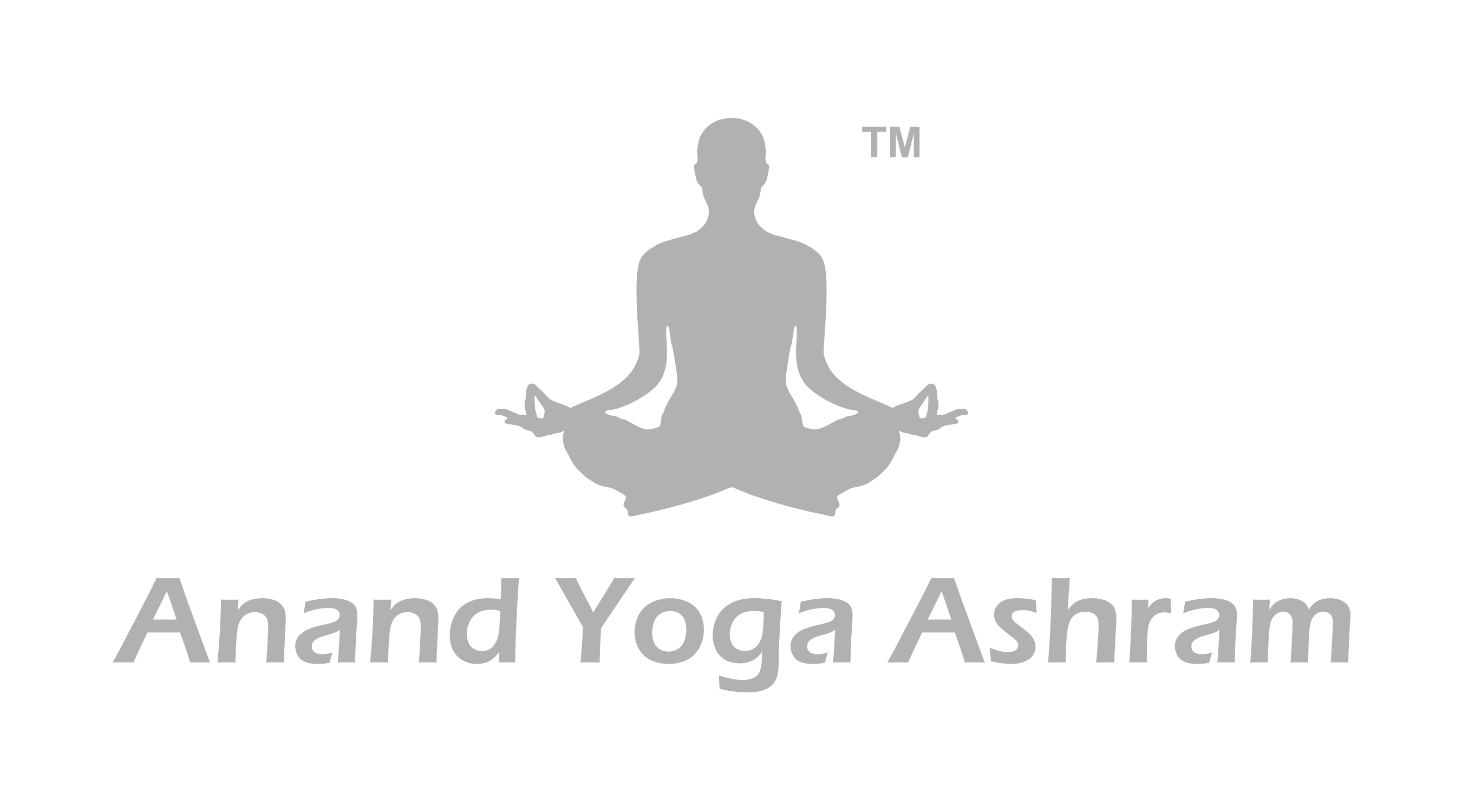Pratyahara Meaning
The term “pratyahara” composes two Sanskrit words, prati and ahara. “Ahara” means “food,” or “anything we take into ourselves from the outside.” “Prati” is a preposition meaning “against” or “away.” “Pratyahara” means literally “control of ahara,” or “gaining mastery over external influences.” Pratyahara is also considered as bridge between the last 3 and first four limbs of Asthanga Yoga.
Turtle is a symbol for explaining the concept, turtle withdrawing into its shell—the turtle’s shell is the mind and the turtle’s limbs are the senses. The term is usually translated as “withdrawal from the senses,”.
When the mind is withdrawn from objects of senses and the organs of senses also withdraw themselves from their respective objects and thus are said to imitate the mind. This is known Pratyahara.
The real form of any object is in the Chitta (Personality complex). The organs identify themselves with the objects and takes the forms of whatever objects comes to them. If you can restrain the mind stuff from taking these forms the mind will remain calm. This is called Pratyahara.
YONI MUDRA (Technique to Practice Pratyahara)
YONIMUDRA – THE WOMB POSTURE
‘I ask this eternal question, who am I? From where have I come? Where am I going?
But whom shall I ask and how do I know?’
‘Not being carried away by the world, I realize introspection is the key!
Let the sounds of Universe resound within my entire being’!
The word ‘Yoni’ means ‘womb’. In Yoga and Indian Philosophical thought ‘Yoni’ is the ‘Divine womb’ (Brahmayoni) or the Golden Cosmic Womb (Hiranyagarbha) from which all has emerged.
It is through Yoni Mudra that we are able to withdraw from the outward flow of our senses and experience the universe within.
Itis imitated from a tortoise who withdraws all its limbs inside its shell the moment it perceives danger. This Yoga Mudra provides the best psycho-physical method for inducing and developing abstraction under unfavorable or disturbing surroundings.
A Mudra is a technique by which ‘Prana’ is made to flow in a desired direction. The prime purpose of practicing a Mudra is to gain control and mastery over mind. There are many mudras mentioned in Hatha Yoga Pradipika like Mahamudra, Khecharimudra and Viparitkarni Mudra.

Steps
- Sit in Sukhasana or any meditative posture
- Place your thumbs on your ears and index fingers lightly on you closed lashes.
- Now put your middle fingers lightly on the outside of your nostrils, the ring fingers above your upper lips and little fingers below your lower lips.
- Ensure that your elbows are parallel to the ground.
- Concentrate on your breath while in this mudra.
- Stay in this Mudra for at least 5 to 10 minutes
Note: In case your hands get weary when staying for a longer duration you may if need be lower your elbows keeping the hands and fingers in their respective positions.
Limitations / Contraindications
Low blood pressure, mental illness
Benefits
- It is a psycho-physical technique that helps mind to withdraw its senses from being outward and reduce the unnecessary chattering of mind to provide that pause needed for change of perception
- More awareness towards the use of senses of perception
- Helps reduce unnecessary actions

